
The objective of the study was to examine whether positive treatment effects in cancer randomized clinical trials apply to specific demographic or insurance subgroups.


The objective of the study was to examine whether positive treatment effects in cancer randomized clinical trials apply to specific demographic or insurance subgroups.
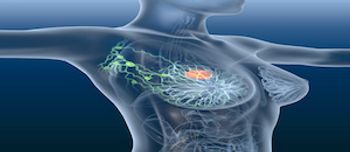
There are few effective treatment options for patients with HER2-positive breast cancer who have received 2 or more previous therapies for advanced disease, according to the study authors.
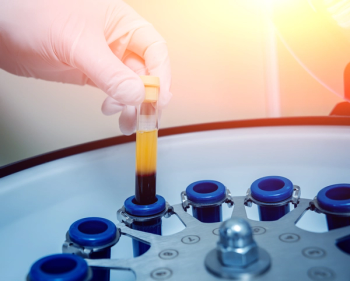
According to new research, biomarkers that signal whether a patient's cancer treatment may be harming their heart have been identified.
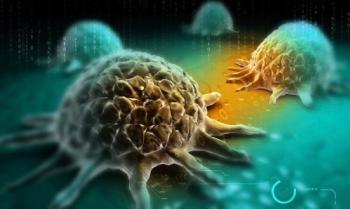
Researchers have discovered a natural protective mechanism that leads to the programmed death of potentially diseased cancer cells.
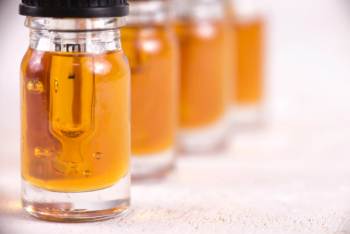
In a lecture at the virtual Community Oncology Conference 2020, Christine Roussel discussed some clinical considerations for the use of medical cannabis in patients with cancer.
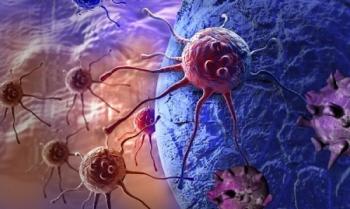
Research confirms earlier studies that found talazoparib improved patient-reported quality-of-life measures and had a tolerable safety profile.

There are a variety of interventions that can be used to improve survival after a patient reports cancer toxicity following treatment.

LGBTQ patients with cancer face specific barriers when seeking medical care, but pharmacists and other medical professionals can take specific steps to reduce care gaps.

An expert panel at the Community Oncology Conference 2020 discussed how COVID-19 is changing the future of community oncology.
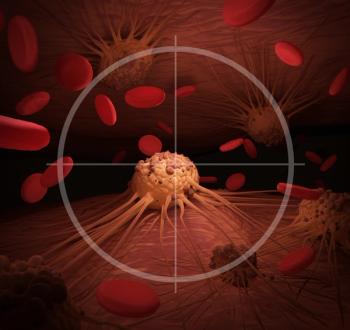
New research has identified the binding site where drug compounds could activate a key braking mechanism against the runaway growth of many types of cancer.
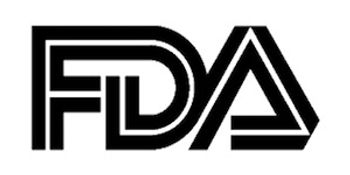
Sacituzumab govitecan-hziy is the first antibody-drug conjugates approved by the FDA specifically for relapsed or refractory metastatic triple-negative breast cancer (TNBC).
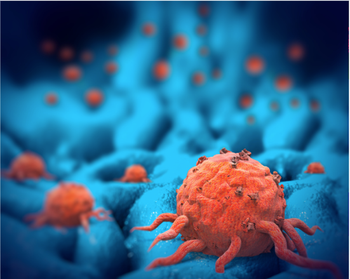
Cancer cells avoid an immune system attack after radiation by taking control of a cell signaling pathway that helps dying cells avoid triggering an immune response.

A protein secreted by fat cells may link obesity and breast cancer, according to a newly published article inTrends in Molecular Medicine.

Patients should be selected for therapy based on the FDA approved companion diagnostic for a trastuzumab product.

Compared with other breast cancer subtypes, TNBC is more likely to be diagnosed in younger women and is more likely to have metastases present at the time of diagnosis.

A protein, known as FOXO1, plays a critical role in heart damage resulting from treatment with the chemotherapy drug anthracycline.

In a new study, researchers present their findings of a signaling pathway that could be used in patients with triple-negative breast cancer (TNBC) to enhance therapies in the future.

The results of this study resonate other results, suggesting that 3D mammograms are more accurate than 2D mammograms and may help 3D mammography become part of routine breast cancer screening.

Approximately 1 in 40 postmenopausal women diagnosed with breast cancer before the age of 65 had a mutation linked to cancer in the BRCA1 or BRCA2 gene, according to an analysis of data from the Women’s Health Initiative (WHI).
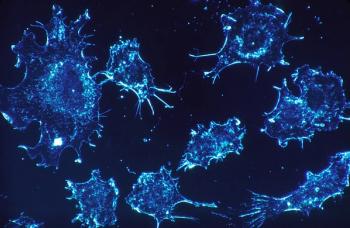
COA released a statement explaining that it fundamentally opposes home infusion of chemotherapy, cancer immunotherapy, and cancer treatment supportive drugs due to concerns regarding the safety of patients in such an environment.
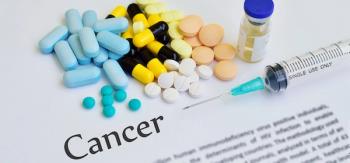
Medically integrated pharmacies with access to the EMR incorporate this information into the treatment plan.
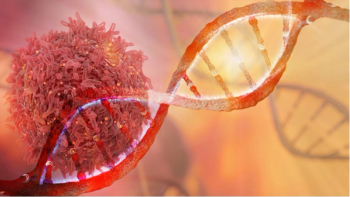
By mining a vast trove of genetic data, researchers are enhancing physicians’ ability to treat cancer, predict patient outcomes, and determine which treatment will work best for individual patients.

Consuming a diet high in fiber was linked with a reduced incidence of breast cancer in an evaluation of all relevant studies, according to findings published in CANCER.

Cases studies focused on medication reconcilliation for patients with breast cancer.

Oncology pharmacists can prevent errors that occur when a patient’s medications include prescription drugs, OTC medications, herbals, and dietary supplements.